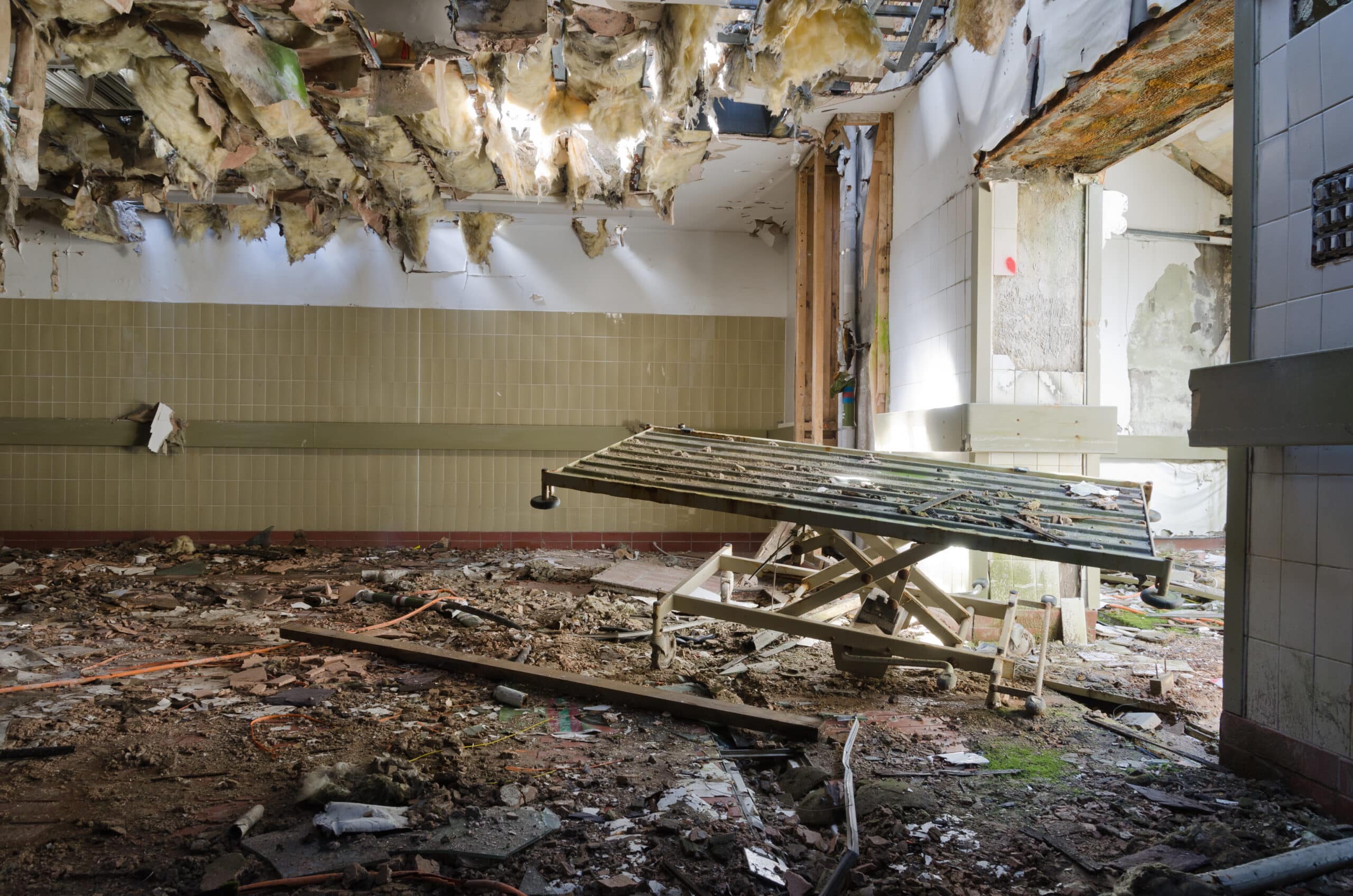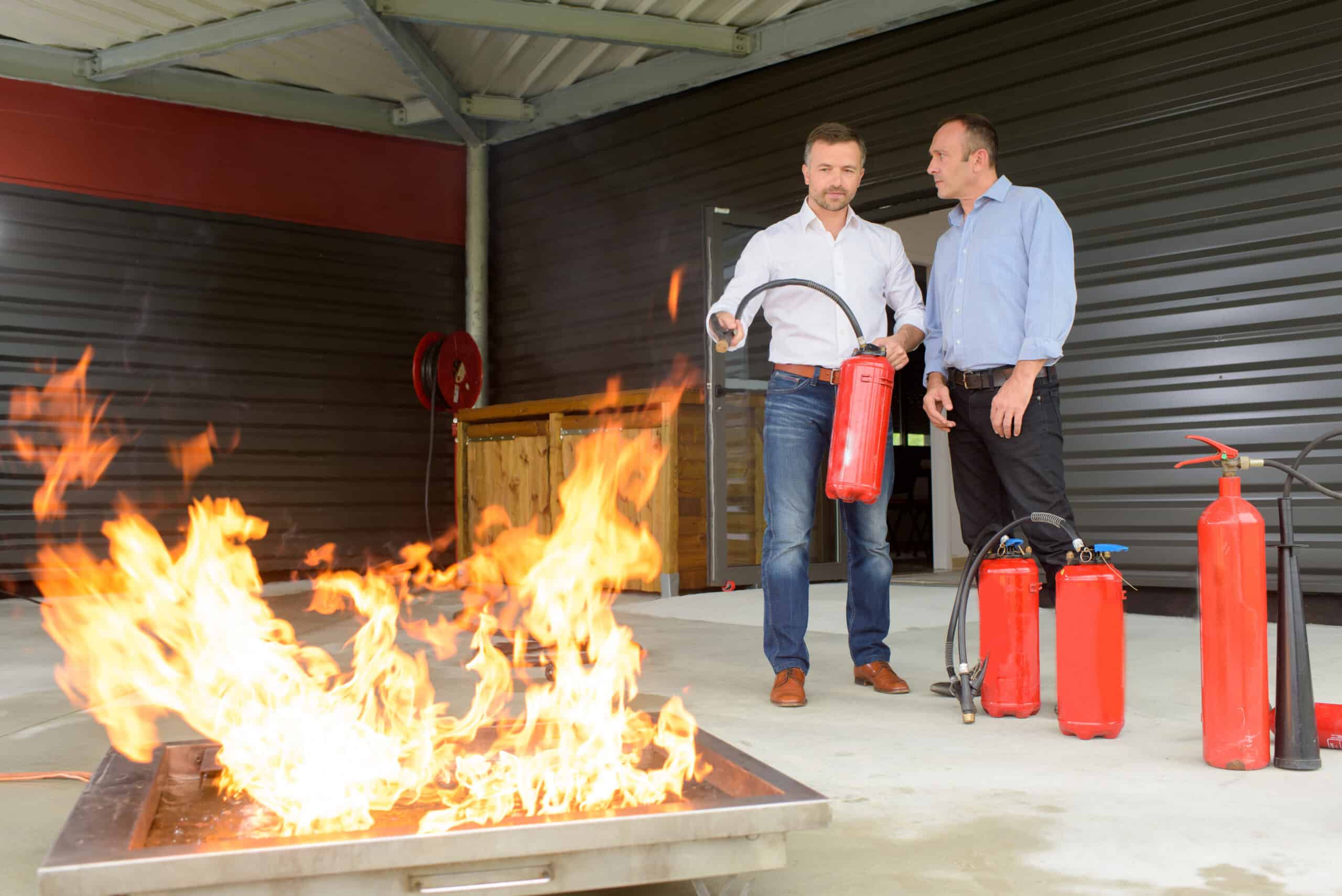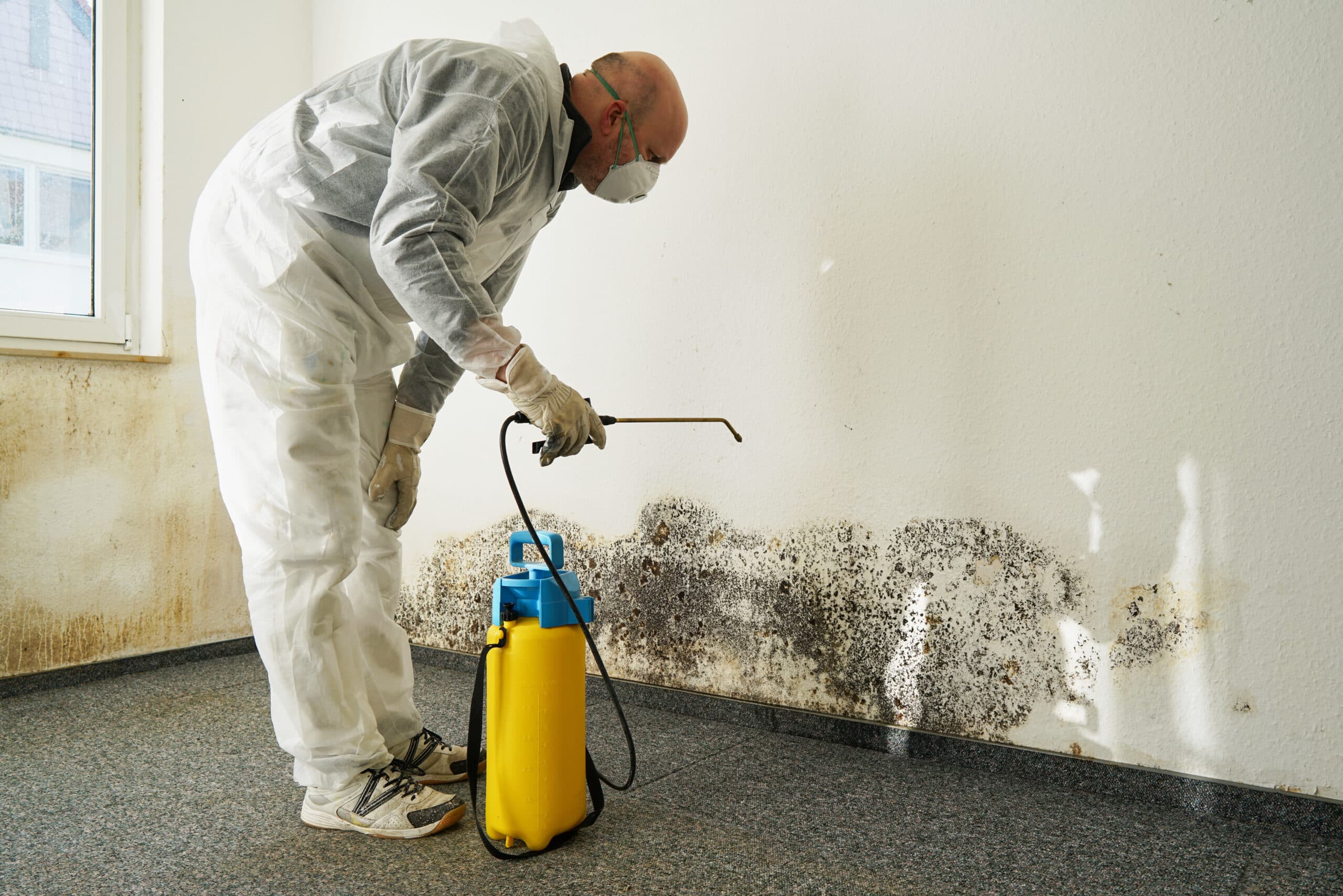YA’s Environmental Services practice offers a host of expert offerings to assess environmental issues involving indoor air quality (IAQ), mold and microbial impacts, smoke and combustion byproduct impacts, hazardous materials releases and handling, and other environmental impacts/conditions. The YA Environmental Team comprises industrial hygienists with asbestos, lead, hazardous materials/wastes, indoor environmental, microbial, fire, and smoke consulting certifications. The team also includes IICRC-certified mitigation consultants, accredited project designers, and management planners. This combination of industrial hygienists and mitigation experts makes YA uniquely qualified to assess environmental impacts and develop effective impact mitigation protocols and remediation/abatement plans to address environmental impacts/issues.
Environmental Services
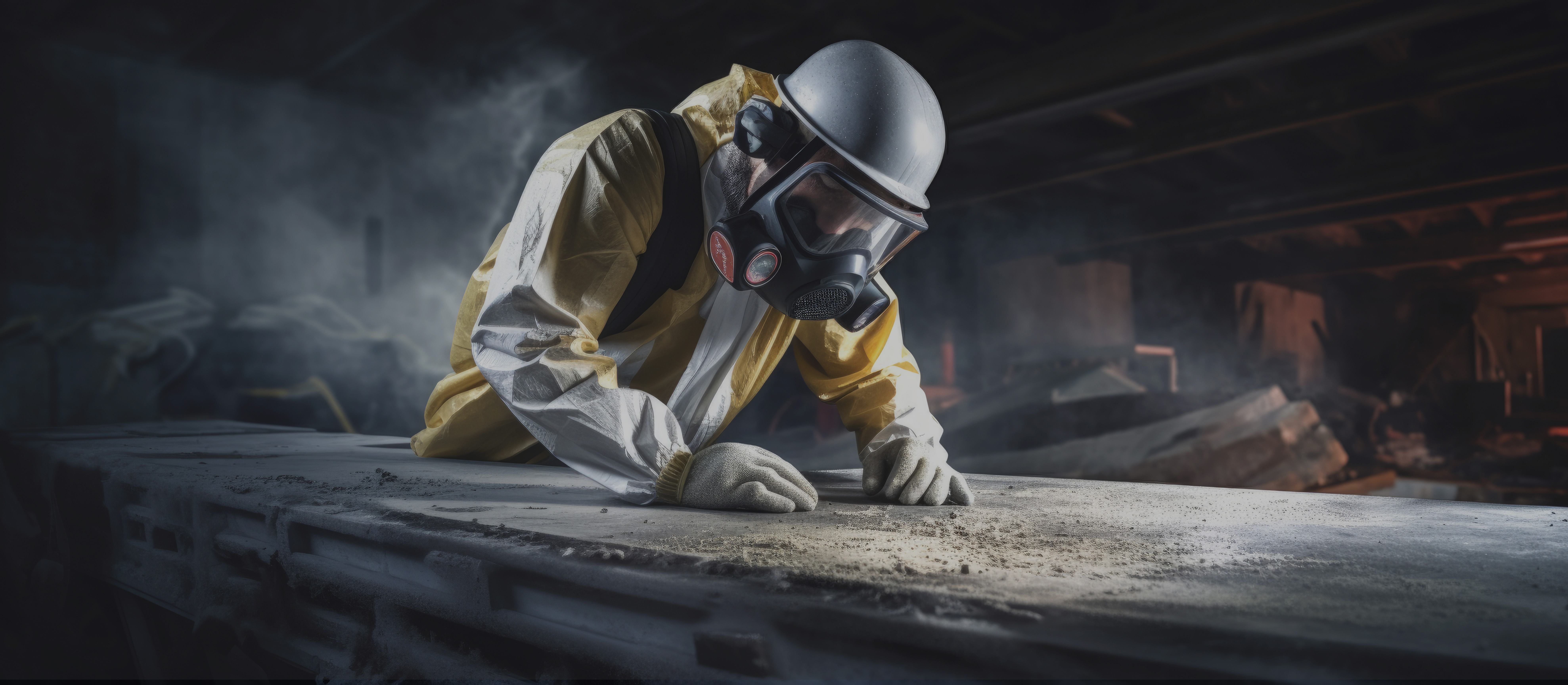
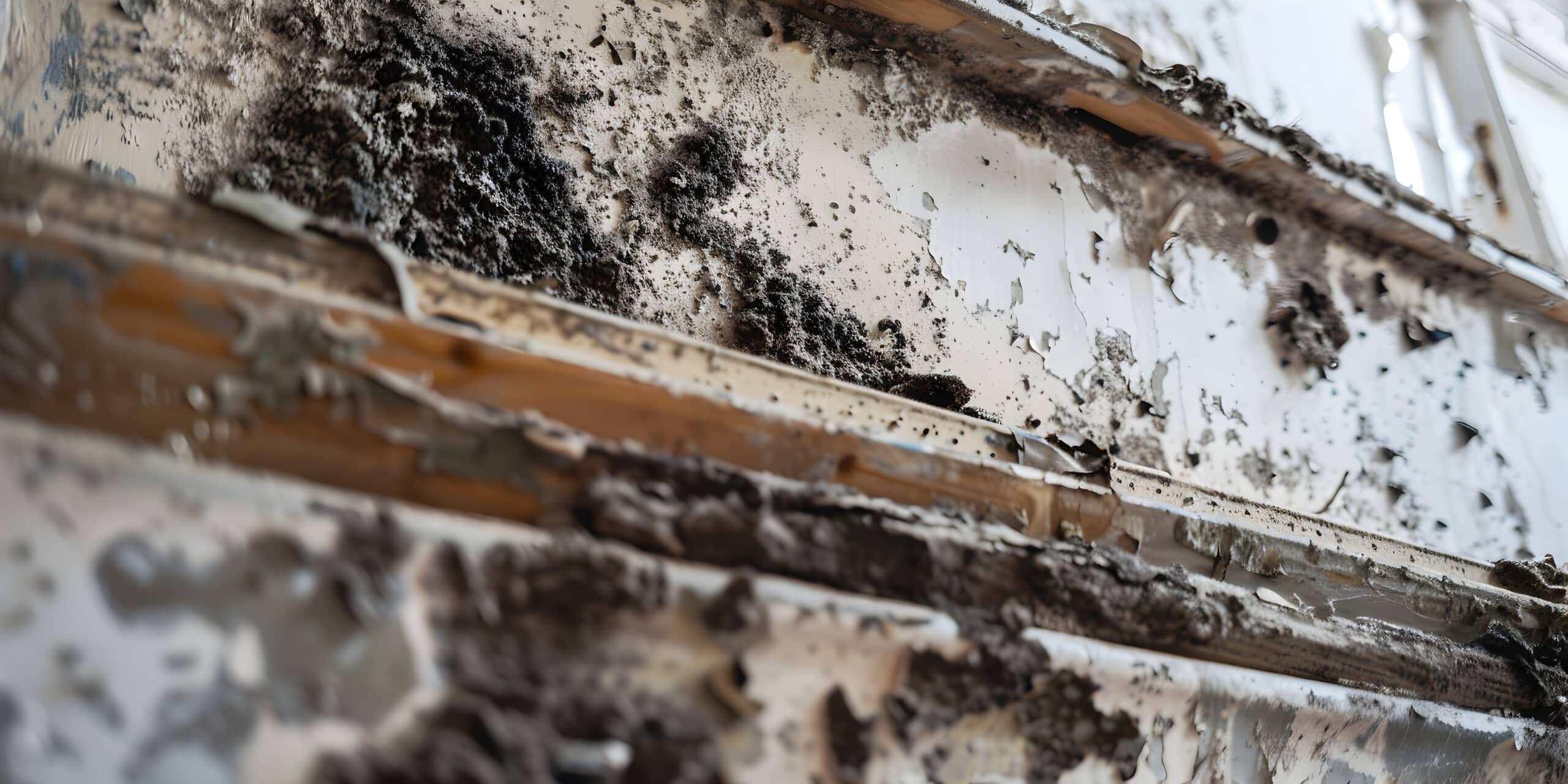
YA is an approved continuing education provider by numerous state insurance commissioners and offers continuing education courses, seminars, and training to clients nationwide. With over 125 lICRC WRT, ASD, and FSRT-certified consultants and numerous industrial hygienists, we are positioned to respond to environmental events anywhere in the United States.
The YOUNG & Associates Environmental Difference
-
Expertise: Certified consultants and accredited professionals with relevant experience
-
Integrity: Scope based on scientific analysis and industry-recognized standards
-
Training: Approved continuing education provider by numerous state insurance commissioners
-
Simplicity: One stop for all environmental & building consulting services

Asbestos Mitigation
In the construction realm, the asbestos abatement process comprises meticulous methods to manage and prevent the release of asbestos fibers from materials containing asbestos. This critical procedure is implemented during general construction projects, especially when asbestos-laden materials undergo removal, encapsulation, or repair. The primary goal of abatement is to safeguard construction workers and the public from the adverse health effects of asbestos exposure. Many residential and commercial structures feature asbestos in various applications, such as spray-applied flame retardants and thermal system insulation. It’s often found in less visible areas, including above drop ceilings, within technical ductwork, and other confined spaces, posing challenges for access during emergencies.
Contamination Assessment
The Contamination Assessment, often necessitated by discovering contamination during an environmental assessment, represents the zenith of thoroughness in environmental investigations. Its purpose is two-fold: to accurately chart the contamination’s spread, both horizontally and vertically, and to formulate a precise remediation strategy, inclusive of cost estimations. This assessment includes exhaustive soil and groundwater sampling and detailed laboratory analyses. Furthermore, it provides remediation recommendations alongside an estimate of the associated costs. Entrusting your Contamination Assessment to YA guarantees unmatched professionalism and expertise. Pursuing a contamination assessment with YA paves the way for an expertly crafted remediation plan, leveraging our unparalleled knowledge in environmental site assessments and remediation design.
Expert Witness & Litigation Support
YOUNG & Associates understands the critical role of expert analysis and testimony in the success of litigation matters. With a reputation for unparalleled professionalism and a base of expert experience spanning decades, YA Litigation Support Services consistently provides unbiased analysis across an expanding selection of expert disciplines. Utilizing their technical, scientific, and forensic experience, YA’s Experts partner with clients through all phases of litigation – beginning with the pre-suit fact-finding and, when necessary, culminating with trial. Our clients can be confident throughout the litigation process, knowing that YA’s experts will provide professional and articulate testimony supported by facts and science. Through the partnership with our clients, YA ensures that expert opinions are clear and concise while, most importantly, effectively communicating complex information to help attorneys, judges, juries, and all other interested parties understand the evidence.
YA experts are subject matter specialists with practical industry experience, allowing them to provide opinions regarding the pertinent science and the relevant standard of care. In addition to expertise in their respective fields, YA experts have extensive experience assisting as consulting and testifying experts in various forums, including state court, federal court, arbitration, appraisal, and mediation.
- Investigating, assessing, monitoring, and documenting loss locations
- Issuing peer-reviewed reports supporting expert opinions
- Providing deposition and trial testimony
- Analyzing technical documents such as building plans and product specifications
- Drafting and responding to technical discovery requests
- Preparing trial graphics, exhibits, and animations
- Generating areas of inquiry for technical depositions of opposing experts
- Reviewing opposing expert reports and testimony
- Conducting Daubert analysis of disclosed expert reports
- Participating in the development of negotiation strategies
- Offering technical insight during the evaluation of settlement proposals
- Evaluating pleadings alleging engineering and architectural malpractice
YA has been providing qualified subject matter experts to law firms, insurance companies, corporations, and governmental entities for more than 25 years. Our experts provide litigation support across a broad spectrum of industries, to include, but not limited to:
- Insurance (Defense, First-Party, Third-Party, Reinsurance, Captive)
- New & Existing Construction
- Real Estate (Residential, Commercial, Industrial)
- Healthcare
- Hospitality
- Education
- Government
- Agriculture
- Manufacturing
- Retail & Restaurant
- Oil, Gas, & Renewable Energy
- Power Generation, Distribution, & Utility Facilities
- Infrastructure
- Transportation & Trucking
- Consumer Products
- Telecommunications
- Chemical & Refining Plants
- Marine, Maritime, Shipyard & Ports
Fire Damage Assessment and Mitigation
Fire Damage Assessment is the cornerstone in the recovery journey following a fire calamity. This indispensable operation entails a detailed examination and recognition of the degree and intensity of damage inflicted by the fire, smoke, soot, and water used in extinguishing the fire. An exhaustive fire damage assessment considers overt and concealed damages—from surface-level burns to structural compromises, from harm to furniture and personal items to damage to essential electrical and plumbing systems.
Laboratory Testing
Identifying contaminants post-fire is pivotal in discerning the extent of clean-up and restoration necessary. The timeline of the claims process can lead, at times, to the dissipation of certain fire-related contaminants before inspection commences. Smoke residue, however, stands as a notorious exception, with its ability to linger and imbue a home with an unwanted odorous reminder of the incident. This residue can cunningly conceal itself in walls and ceilings, often going unnoticed until later complaints emerge from occupants. For inspectors to craft a strategic approach to sampling, a deep understanding of the fire’s specifics is essential. Through a comprehensive site visit, they can gauge the scope of smoke and fire damage, shaping an effective sampling plan. The nature of the fire—whether it stemmed from common household materials and furnishings or a more localized protein-based food fire—significantly influences the assessment, given the extensive spread of smoke and particulates by structure fires compared to the less visible but equally invasive residue from protein fires. The sampling techniques for smoke particles are varied, as are the levels of laboratory analysis, introducing another layer of decision-making complexity. Coupled with the absence of standardized sampling methodologies and data interpretation guidelines for fire-related contaminants, the task of selecting an optimal approach is further complicated by budgetary considerations, highlighting the intricate challenges environmental professionals face in post-fire assessments.
During a mold examination, specialists meticulously collect specimens for laboratory analysis to ascertain the specific species present. It’s crucial to understand that mold testing and inspection operate as distinct entities, each yielding uniquely valuable insights. While inspections are primarily focused on detecting the visible manifestations of mold within a property, testing goes a step further to identify the species of mold in question precisely or to verify its complete eradication. This bifurcation of services underscores the comprehensive approach required to address mold issues effectively, illuminating the nuanced differences between searching for evidence of mold and confirming its type or removal.
Moisture Mapping
Moisture mapping is a pivotal technique for pinpointing the locations and magnitudes of moisture-impacted regions juxtaposed with the ‘dry standard’ benchmark of unaffected areas. This method facilitates a clear visualization of water dispersion, delineating damp zones from their dry counterparts and nuances of moisture levels within these damp regions. It enables restoration professionals to meticulously document moisture readings across different sections of the impacted area and to consistently update these readings for the same grid sections throughout the drying period. These maps, alongside thermal imaging records, are incorporated into the moisture map report, enhancing communication between the professional and the client. This clarity streamlines interactions among various stakeholders, including tradespeople, insurance firms, adjustors, attorneys, and other involved parties, proving to be a critical asset in dispute resolutions. Furthermore, these maps act as an indispensable repository of information for future diagnostics in building projects. Through the use of moisture meters, pin meters, thermo-hygrometers, and moisture mapping, restoration experts are equipped with essential data, optimizing the focus and management of drying efforts in severely affected areas.
Remediation Design & Oversight
YA has adeptly handled a wide range of construction projects, with budgets stretching from $20,000 to $5,000,000, showcasing our versatility and efficiency in project management. Our approach involves steering projects from their inception through to design, construction oversight, and the implementation of operation, maintenance, and monitoring strategies as required. We meticulously prepare detailed reports to document the remedial steps taken, ensuring that each project secures approval from the relevant authorities. We pride ourselves on delivering bespoke design services tailored to the unique requirements of each project, including:
- The meticulous preparation of drawings and technical specifications.
- Coordination with disposal sites for waste profiling and disposal.
- The diligent preparation and submission of necessary permits and notifications to regulatory bodies.
- Efficient management of the bidding and contracting documentation and processes.
- Accurately prepare a unit price schedule and engineer’s cost estimate to inform the bidding process.
Our construction management services are characterized by robust contract management, cost tracking, and the provision of seasoned field scientists, geologists, and engineers for construction oversight. These experts possess in-depth regulatory knowledge and coordinate with analytical labs, manage waste tracking, and address contingency issues that emerge during construction, such as unforeseen underground structures or hazardous materials.
YA’s portfolio includes an impressive array of remedial projects, such as contaminated soil excavation and disposal, capping, lead stabilization, bioremediation, and soil vapor extraction systems, to name a few. We are also specialists in more intricate systems like free product recovery, groundwater treatment, and excavation of contaminated sediments. Our expertise extends to installing vapor barrier and venting systems, the safe demolition of industrial sites, and the management of asbestos, lead paint, and radon mitigation systems. Each step and strategy is documented thoroughly to confirm the completion of the required response actions.
Water Damage & Mold Assessment
Mold prevalence is a widespread issue, driven by its propensity to thrive in moist, dimly lit environments with stagnant air. The ubiquity of mold stems from these optimal indoor growth conditions. While certain molds play beneficial roles, such as those utilized in cheese production, residential molds pose significant health risks. They can trigger allergies and respiratory conditions and even cause irreversible structural damage to homes. The speed at which mold from water damage can proliferate is particularly alarming, presenting a critical threat that demands prompt and effective remediation.
Mold identification and assessment are best left to certified, seasoned professionals. The intricacies of mold testing can be complex and potentially hazardous for those untrained in mold detection. Misinterpretation of results or contamination of samples due to improper handling can compromise the integrity of the test.
In cases where water damage has occurred and mold presence is suspected, a comprehensive evaluation conducted by professional inspectors is paramount. YA stands at the forefront of mold investigation services. Our team comprises certified inspectors specializing in mold detection and assessment, distinctively not mold removal, to avert any conflict of interest. Collaborating with impartial third-party laboratories ensures the utmost precision and objectivity in our services. YA conducts various mold tests, from direct samples for visible mold analysis to intricate examinations within wall cavities and air quality assessments. Once our evaluation is complete, clients receive a thorough report detailing mold types, detected bacteria or allergens, and the scope of necessary interventions. This report is indispensable for further action, including any required repairs or professional mold remediation.
Project Monitoring / Clerking
During either the restoration or reconstruction phases, YA provides onsite monitoring services to document labor, equipment, and workforce utilization, validate progress and report any inefficiencies or obstacles. This service helps promote the efficient and expeditious completion of the construction phases.
By providing onsite monitoring, YA documents all activities and makes recommendations to help promote job site operation efficiency and monitor costs. We confirm the equipment and labor cost reductions when appropriate and provide a detailed and independent audit of other critical onsite activities. These services help facilitate contractor invoice approvals as the project progresses.
